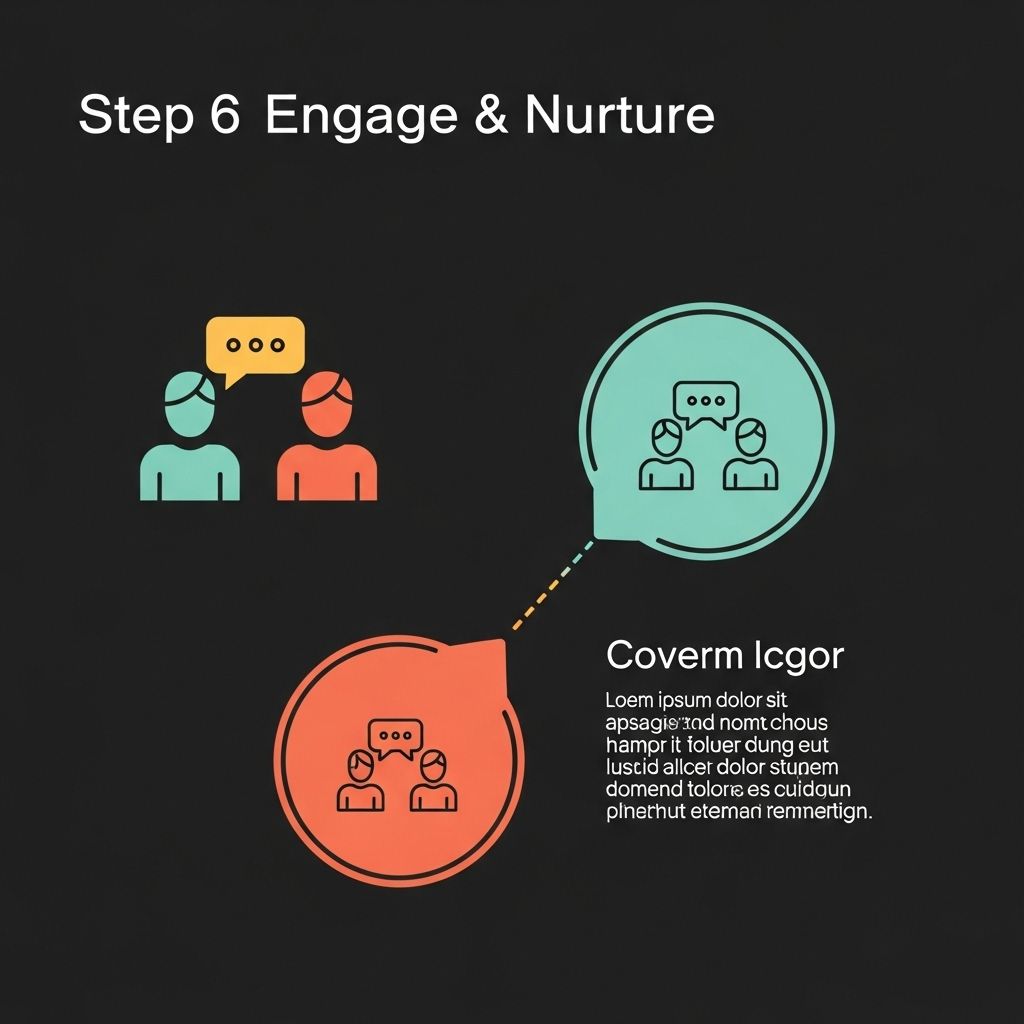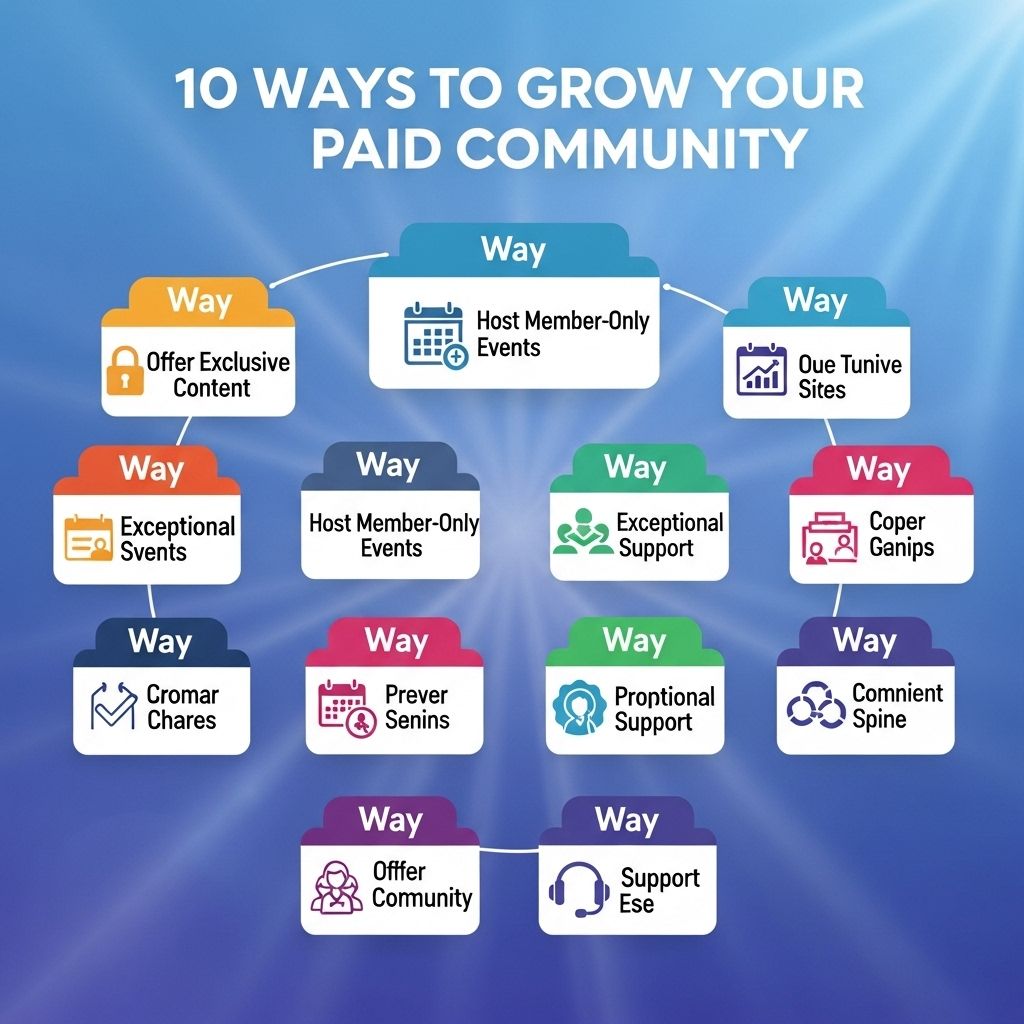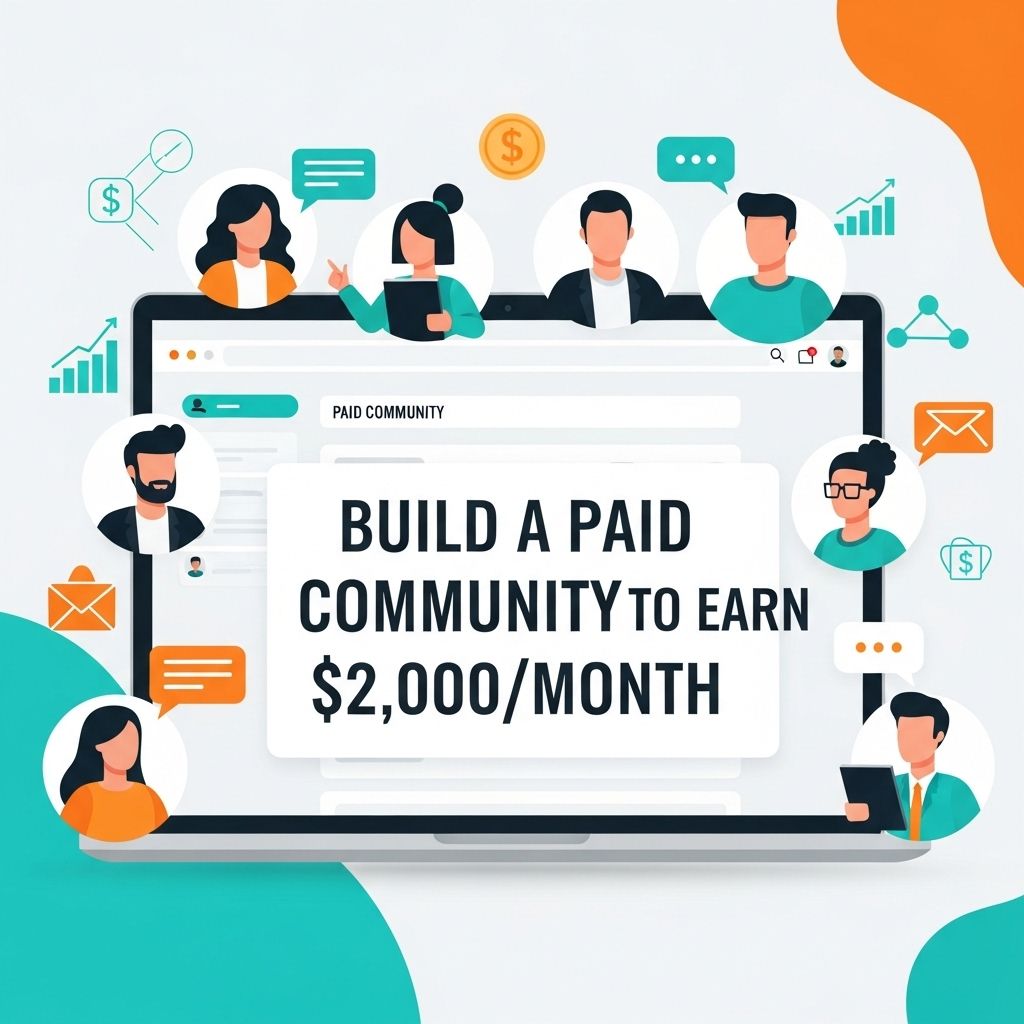In the rapidly evolving digital landscape of 2025, building a paid community is not only a lucrative venture but also an opportunity to connect like-minded individuals around shared interests and goals. With the rise of remote work and online connectivity, the demand for niche online communities has skyrocketed. Whether you’re looking to create a space for industry professionals, hobbyists, or any specialized interest group, understanding the strategies and tools available can set you on the path to success.
Understanding the Value Proposition
Before diving into the mechanics of building a paid community, it’s essential to identify the value you aim to offer. A strong value proposition will attract and retain members. Here are some key points to consider:
- Unique Content: Provide exclusive content that cannot be found elsewhere, such as in-depth articles, expert interviews, or behind-the-scenes insights.
- Networking Opportunities: Facilitate connections among members for collaboration, mentorship, and support.
- Access to Experts: Consider hosting webinars, Q&A sessions, or workshops with industry leaders and influencers.
- Community Engagement: Create a sense of belonging through discussions, forums, and events that foster interaction.
Choosing the Right Platform
Selecting the ideal platform to host your community is crucial. Here are some popular options:
| Platform | Best For | Features |
|---|---|---|
| Discord | Gamers & tech enthusiasts | Voice channels, bots, integrations |
| Slack | Professionals & teams | Channels, file sharing, integrations |
| Facebook Groups | Social engagement | Easy accessibility, events, polls |
| Mighty Networks | Niche communities | Courses, membership tiers, customization |
| Patreon | Creators & influencers | Membership tiers, exclusive content |
Creating Compelling Content
Content is king in any community, especially a paid one. Here are some content strategies:
1. Exclusive Articles and Resources
Offer high-quality articles, research papers, and downloadable resources that provide substantial value.
2. Regular Webinars and Workshops
Schedule educational sessions with industry experts to keep members engaged and informed.
3. Community Challenges
Host challenges that encourage members to participate actively, share results, and learn from each other.
Pricing Strategies
Determining the right pricing model can significantly impact the community’s success. Consider the following approaches:
1. Subscription Model
Charge members a recurring fee (monthly or annually) for continued access to community features and content.
2. One-Time Fee
Offer lifetime access for a single payment, appealing to those who prefer not to commit to ongoing payments.
3. Tiered Membership
Create multiple membership levels with varying benefits to cater to different audience segments, such as:
- Basic Membership: Access to community forums and basic content.
- Premium Membership: Additional resources, exclusive webinars, and networking events.
- VIP Membership: One-on-one consultations with experts and personalized support.
Marketing Your Community
Effective marketing is critical to attracting new members. Here are some strategies:
1. Leverage Social Media
Promote your community through social media platforms where your target audience is most active. Use compelling visuals and testimonials to attract interest.
2. Content Marketing
Create valuable content related to your community’s niche. Blogs, videos, and podcasts can serve as a hook to draw potential members in.
3. Partnerships and Collaborations
Consider collaborating with influencers or organizations in your niche to reach a wider audience.
Fostering Engagement and Retention
Once you’ve built your community, keeping members engaged is paramount to retention. Here are some effective methods:
1. Regular Communication
Maintain an active presence by sending newsletters, updates, and reminders about upcoming events or content drops.
2. Member Spotlight Features
Highlight member achievements, contributions, or stories to foster community spirit and encourage participation.
3. Feedback Mechanisms
Implement feedback loops through surveys and polls to understand member needs and continuously improve the community experience.
Measuring Success
To ensure your community is thriving, track key performance indicators (KPIs) such as:
- Membership Growth: Monitor the rate of new sign-ups and overall member count.
- Engagement Rates: Analyze participation in discussions, events, and content consumption.
- Churn Rate: Track the percentage of members who cancel their subscriptions.
- Revenue Metrics: Evaluate the financial health of your community through revenue from subscriptions and events.
Adapting to Changes
The digital landscape is ever-changing, and so are the needs of your community. Stay ahead by:
- Continuously evaluating trends in your niche and adapting your offerings.
- Investing in new tools and technologies to enhance the community experience.
- Engaging in ongoing learning and development to keep your skills sharp.
In conclusion, building a paid community in 2025 requires a strategic approach, from understanding your audience’s needs to providing engaging content and robust support. By leveraging technology and fostering a sense of belonging, you can create a thriving space that offers both exclusivity and value to its members.
FAQ
What are the first steps to building a paid community in 2025?
Start by defining your niche and target audience, creating valuable content, and selecting a suitable platform for your community.
How can I effectively market my paid community?
Utilize social media, content marketing, and partnerships with influencers to reach your target audience and showcase the benefits of joining your community.
What pricing strategies work best for a paid community?
Experiment with tiered memberships, offer limited-time discounts, and provide value-driven pricing based on the exclusive content and benefits offered.
How do I keep members engaged in a paid community?
Regularly provide fresh content, host live events or Q&A sessions, and encourage member interaction through forums or chat groups.
What tools can I use to manage a paid community effectively?
Consider using platforms like Discord, Patreon, or community-building software like Mighty Networks to facilitate member interaction and content sharing.
What are the common challenges in building a paid community?
Challenges can include member retention, content creation, and effectively communicating the value of membership to potential subscribers.




